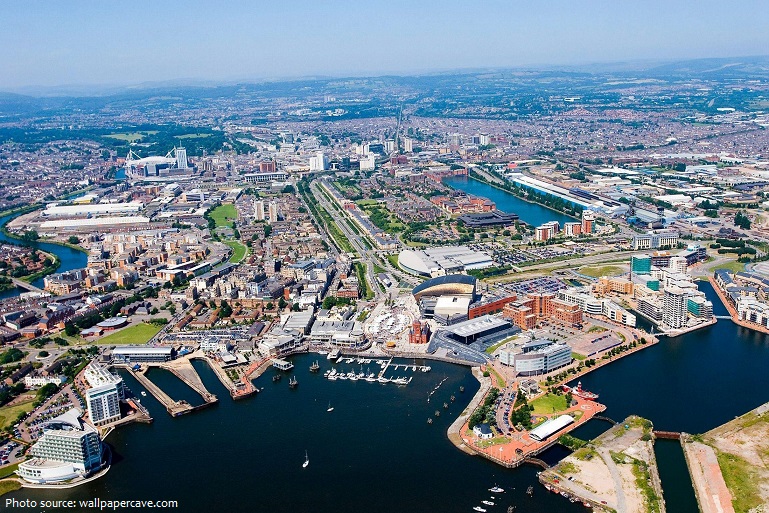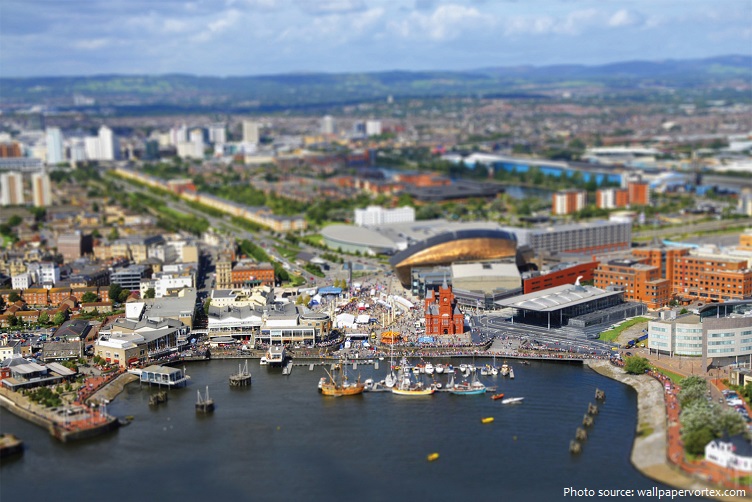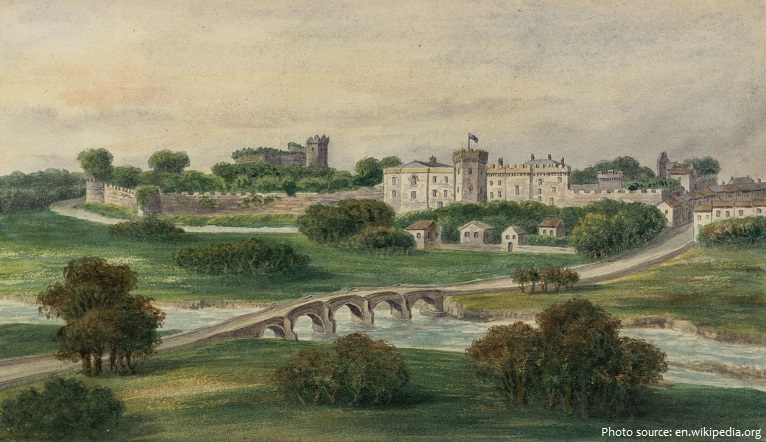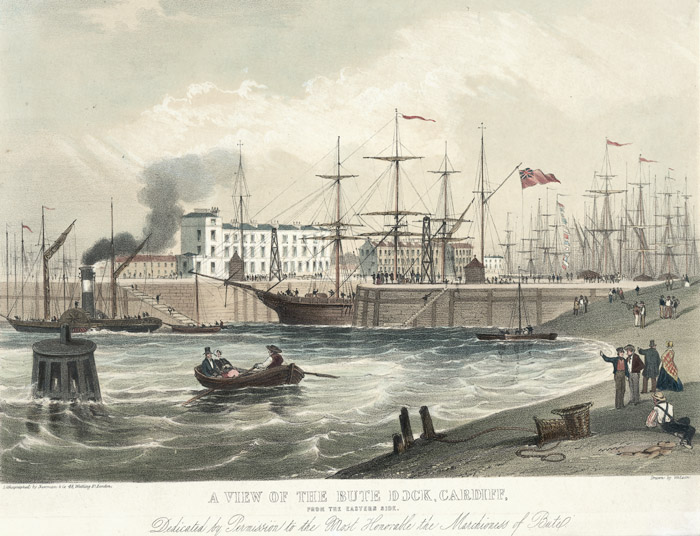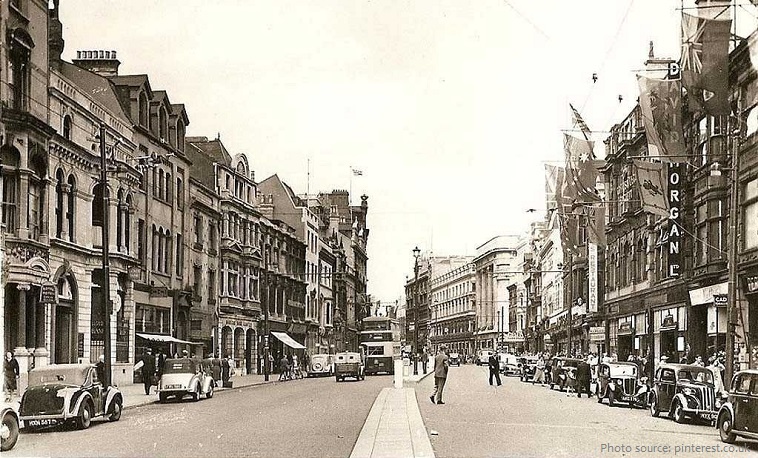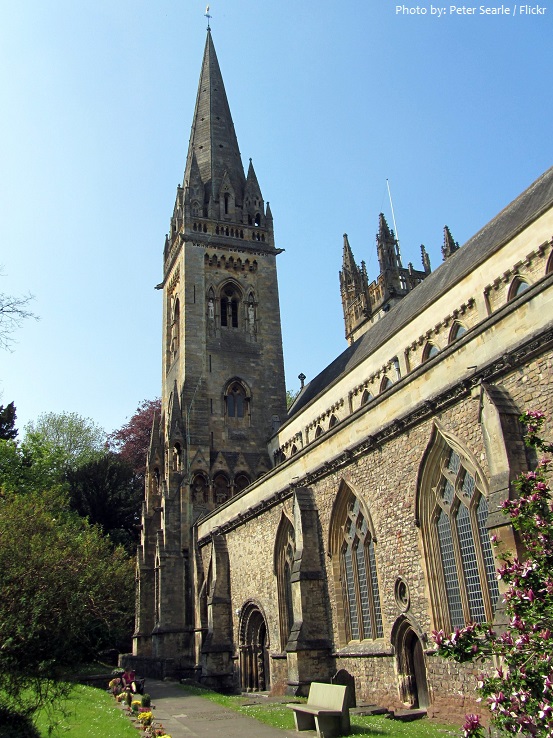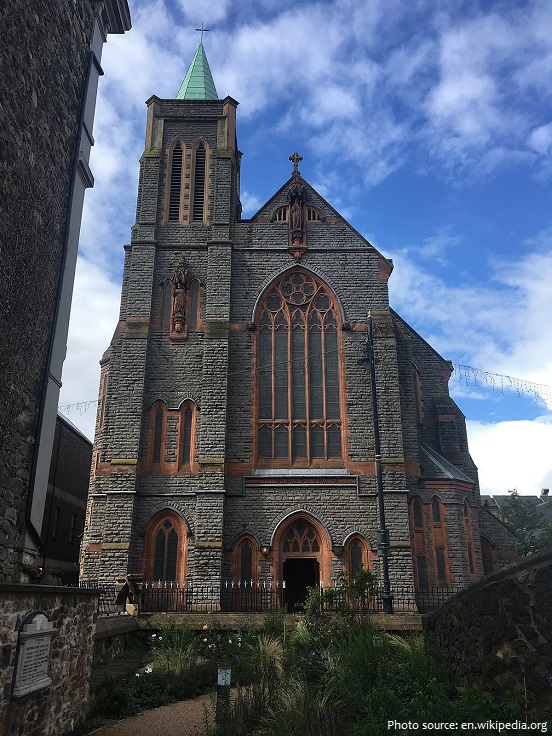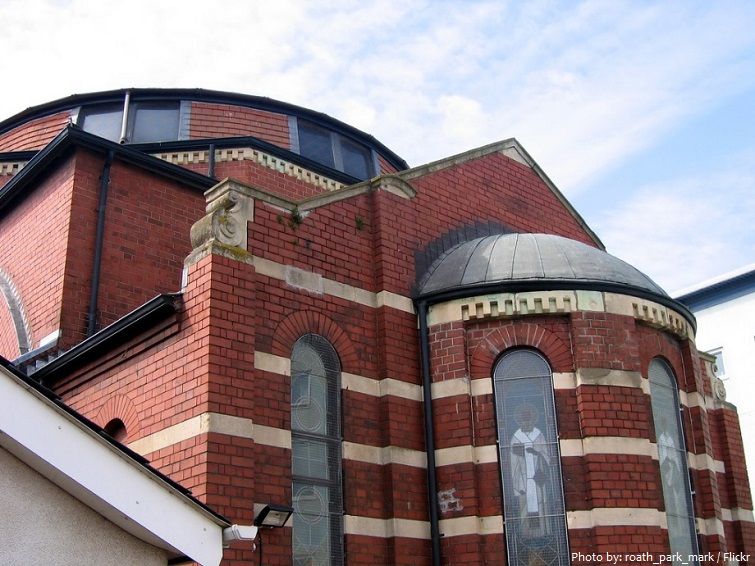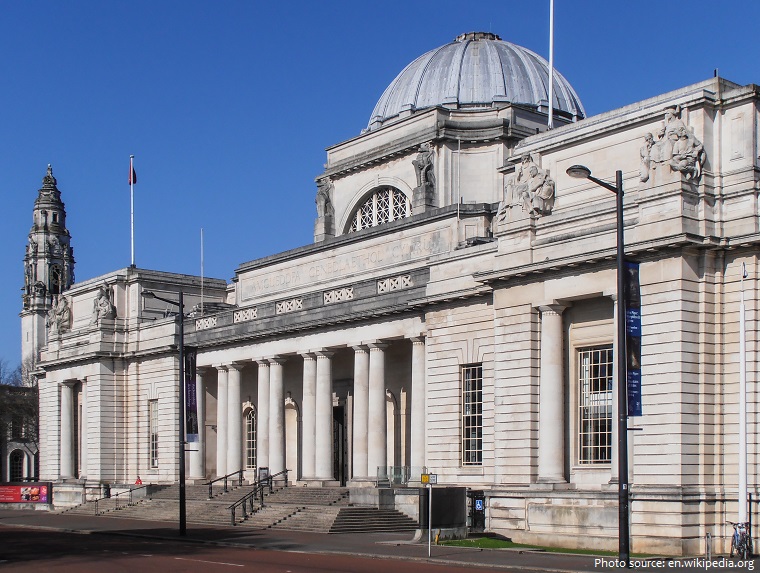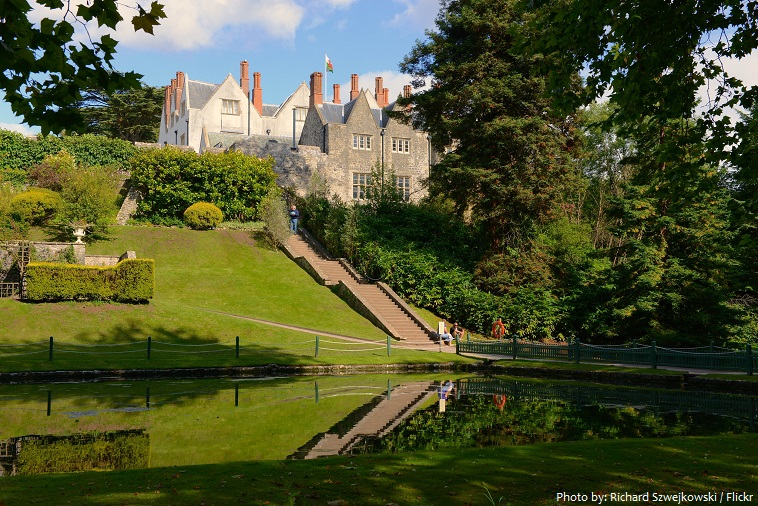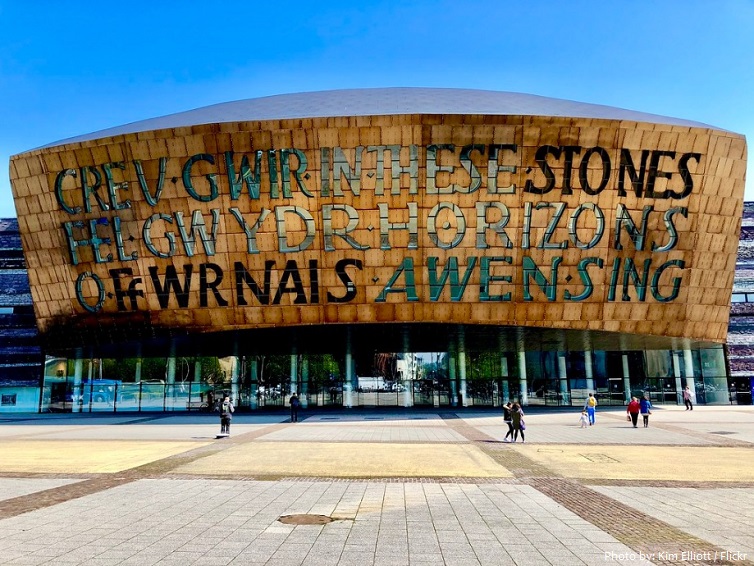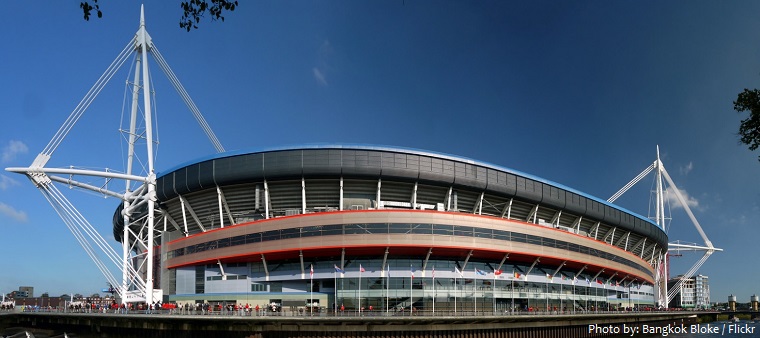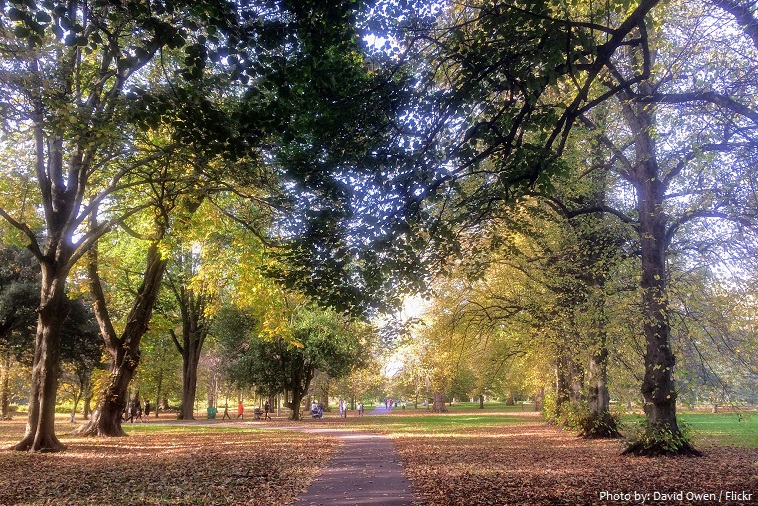Cardiff is the capital and the largest city in of Wales.
It is located within the historic county of Glamorgan (Morgannwg) on the Bristol Channel at the mouth of the River Taff, about 240 km (150 miles) west of London.
As of October 2020, the population of Cardiff is about 375,000 people.
The city covers a total area of 140 square kilometers (54 square miles).
The origins of its name are a point of debate but are widely believed to have come from an English corruption of the original Welsh title Caer-Taff (Fort on the Taff).
The Romans built a small fort there in the 1st century AD, where the Gloucester-Carmarthen road crossed the Taff, altering it several times before creating the present stone-enclosed site.
The town began its continuous existence with the arrival of the Normans in the 11th century.
In 1081 William I, King of England, began work on the castle keep within the walls of the old Roman fort. Cardiff Castle has been at the heart of the city ever since.
Outside the castle a small walled town grew up, and it benefited from the trading privileges which went with its status as a staple port, granted through a series of charters by either the local lord or the crown (e.g., 1608, from James I).
The city owes its present stature to iron and coal mining in the valleys to the north. Coal was first exported from Cardiff on a small scale as early as 1600.
In 1794 the Glamorganshire Canal opened between Merthyr Tydfil and Cardiff, and in 1798 the first dock was built at the canal’s Cardiff terminus.
In 1801 Cardiff’s population was only 1,870, but the town developed rapidly and continuously over the next 100 years as an exporter of coal from South Wales, so that its population had reached 164,000 by 1901.
Cardiff’s port was repeatedly expanded, and by 1913 Cardiff had become the largest coal-exporting port in the world.
It was officially recognized as the capital of Wales in 1955.
Cardiff is the most important administrative, shopping, and cultural centre in the country, as well as the headquarters for many national organizations and government departments.
In the early 21st century Cardiff also became an important centre of television production, most notably as the home base for the popular long-running BBC series Doctor Who.
Cardiff Castle is one of Wales’ leading heritage attractions and a site of international significance. Located within beautiful parklands at the heart of the capital, Cardiff Castle’s walls and fairytale
towers conceal 2,000 years of history. It is one of the best preserved-of the country’s many historic castles, with some of the oldest sections dating back as far as the 10th century.
Llandaff Cathedral is an Anglican cathedral and parish church in Llandaff, Cardiff. It is the seat of the Bishop of Llandaff, head of the Church in Wales Diocese of Llandaff. It is dedicated to Saint Peter and Saint Paul, and three Welsh saints: Dubricius (Welsh: Dyfrig), Teilo and Oudoceus (Welsh: Euddogwy). It is one of two cathedrals in Cardiff, the other being the Roman Catholic Cardiff Metropolitan Cathedral in the city centre.
The Metropolitan Cathedral Church of St David, also known as St David’s Cathedral Cardiff is a Roman Catholic Cathedral in the city centre of Cardiff, Wales and is the centre of the Roman Catholic Archdiocese of Cardiff. Located in Charles Street, the Cathedral remains the focal point for Catholic life in Cardiff, and the country as a whole. It is one of only three Roman Catholic Cathedrals in the UK that is associated with a choir school.
The Greek Orthodox Church of St Nicholas is tucked away just off the top of Bute Street. It was built in 1906 in the Byzantine style. In fact, it is one of the very few churches in the UK built as an Orthodox church. In recent years, the church has been completely renovated.
National Museum Cardiff is a museum and art gallery in Cardiff. It was founded in 1905, with its royal charter granted in 1907. The museum has collections of botany, fine and applied art, geology, and zoology.Notable among its extensive catalogue of important paintings are works by Impressionists including Monet and Picasso, along with sculptures by Rodin, one of the later works in a collection that dates all the way back to the 1500s.
St Fagans National Museum of History commonly referred to as St Fagans after the village where it is located, is an open-air museum in Cardiff chronicling the historical lifestyle, culture, and architecture of the Welsh people. It consists of more than forty re-erected buildings from various locations in Wales.
Cardiff Bay is the area of water created by the Cardiff Barrage in south Cardiff. It is also the name commonly given to the surrounding areas of the city. Cardiff Bay is also used as a metonym for Welsh politics, because it is the location of the Senedd (the Welsh Parliament). According to Cardiff Council, the creation of Cardiff Bay is regarded as one of the most successful regeneration projects in the United Kingdom.
Wales Millennium Centre is an arts centre located in the Cardiff Bay area of Cardiff, Wales. The site covers a total area of 1.9 hectares (4.7 acres). Phase 1 of the building was opened during the weekend of the 26–28 November 2004 and phase 2 opened on 22 January 2009 with an inaugural concert. The centre has hosted performances of opera, ballet, contemporary dance, theatre comedy, and musicals.
The Millennium Stadium, known since 2016 as the Principality Stadium for sponsorship reasons, is the national stadium of Wales. Located in Cardiff, it is the home of the Wales national rugby union team and has also held Wales national football team games.
Bute Park is a major park in the city of Cardiff, capital of Wales. It comprises 53 hectares (130 acres) of landscaped gardens and parkland that once formed the grounds of Cardiff Castle. The park is named after the 3rd Marquess of Bute, whose family owned the castle.
Cardiff has over 1,000 listed buildings, ranging from the more prominent buildings such as the castles, to smaller buildings, houses and structures.
The city claims to have the largest concentration of castles of any city in the world.
Cardiff has a chequered linguistic history with Welsh, English, Latin, Norse and Norman French preponderant at different times.
In 2011, Cardiff was ranked sixth in the world in National Geographic’s alternative tourist destinations.
